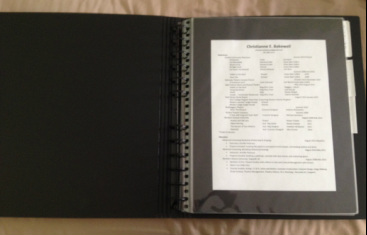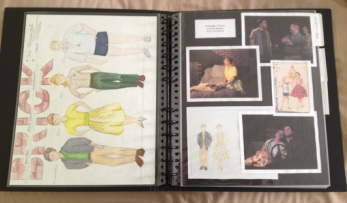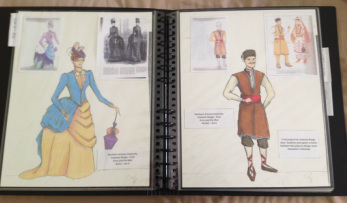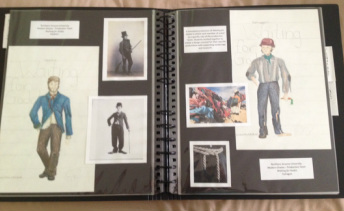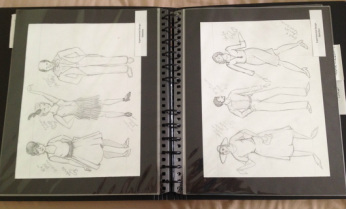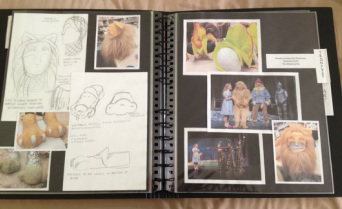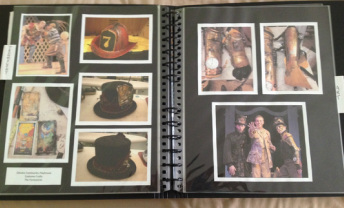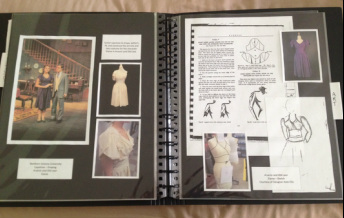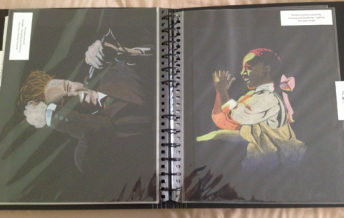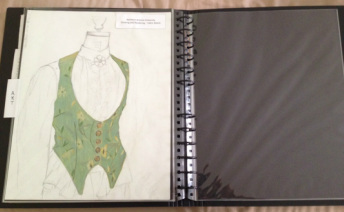|
There have been times when working in a shop that a designer seems to pick all the excess ribbons, lace, and bobbles from the shelves and throws it at a dress. "Sometimes less is more" as the saying goes. Learn to edit your life. From your daily outfit as Coco Chanel was famously quoted, to your contacts list on your phone, edit. This allows you to see through the glittering sequence of things in your life to the important garment. It keeps you organized and helps to clear up any muddled brain. You shine through.
Why have ten different types of black pen floating around in your purse when you know one would do you just fine for a month. Editing allows you to go from point A to point B rather than going from A to C to Z to F back to A only to find that B was right there in your pocket the whole time. Learn to appreciate the base of something before you try to snazzy it up. Yards of fringe will not hide an ill constructed dress, nor will it enhance a beautifully tailored one. Trim is nice, but like cake frosting should complement, not be heaped on top.
0 Comments
Earlier I posted an article entitled Portfolios: "This is me!" in which I laid out my three guidelines for creating a physical paper portfolio. I thought I'd show you what mine currently looks like as I have it set up to apply for MFA Costume Design programs. Then I'll mention what I would probably change if I were going for a Technical position/job. When I was constructing my paper portfolio I was hard pressed to find any examples of them for costume designers. Hopefully seeing a physical portfolio laid out will help any visual learners (like myself) start to construct their own.
If I had been going for a technology based degree or job I would have lead with my TECHNOLOGY section and beefed it up with other projects I've done. I would have then continued with DESIGN (scaled down to just one or two shows) and still ended with ART. TIPMake sure you collect swatches for not only your designs but from projects you've worked on. After the garment is finished grab a piece of leftover fabric so that those viewing your portfolio can feel the kind of materials you used. Also, save your technical drawings. These allow interviewers to understand your thought process when creating a piece. I can't tell you how many times I have thrown a technical drawing away and then wished I hadn't when creating my portfolio.
If there is something that irks a fitter more than anything else, it's an actor showing up in the wrong undergarments. A costumer must have the correct foundation to build their garment upon, or else the project will not turn out. Just like the costumer, we must make sure we have the correct foundation laid before building on top of it. Taking the time to start correctly allows us to work towards a polished product. This can be anything from having a clean face when putting on makeup to good solid facts when starting to debate a topic.
Before starting off on any project make sure you have the right tools to get the job started and finished. This will make your life easier in the long run and will stop you from spending your time reworking something that would have been perfect if the foundation was right to begin with. Don't waste your and someone else's time by "wearing the wrong undergarments". |
Topics
All
Archives
July 2021
|
